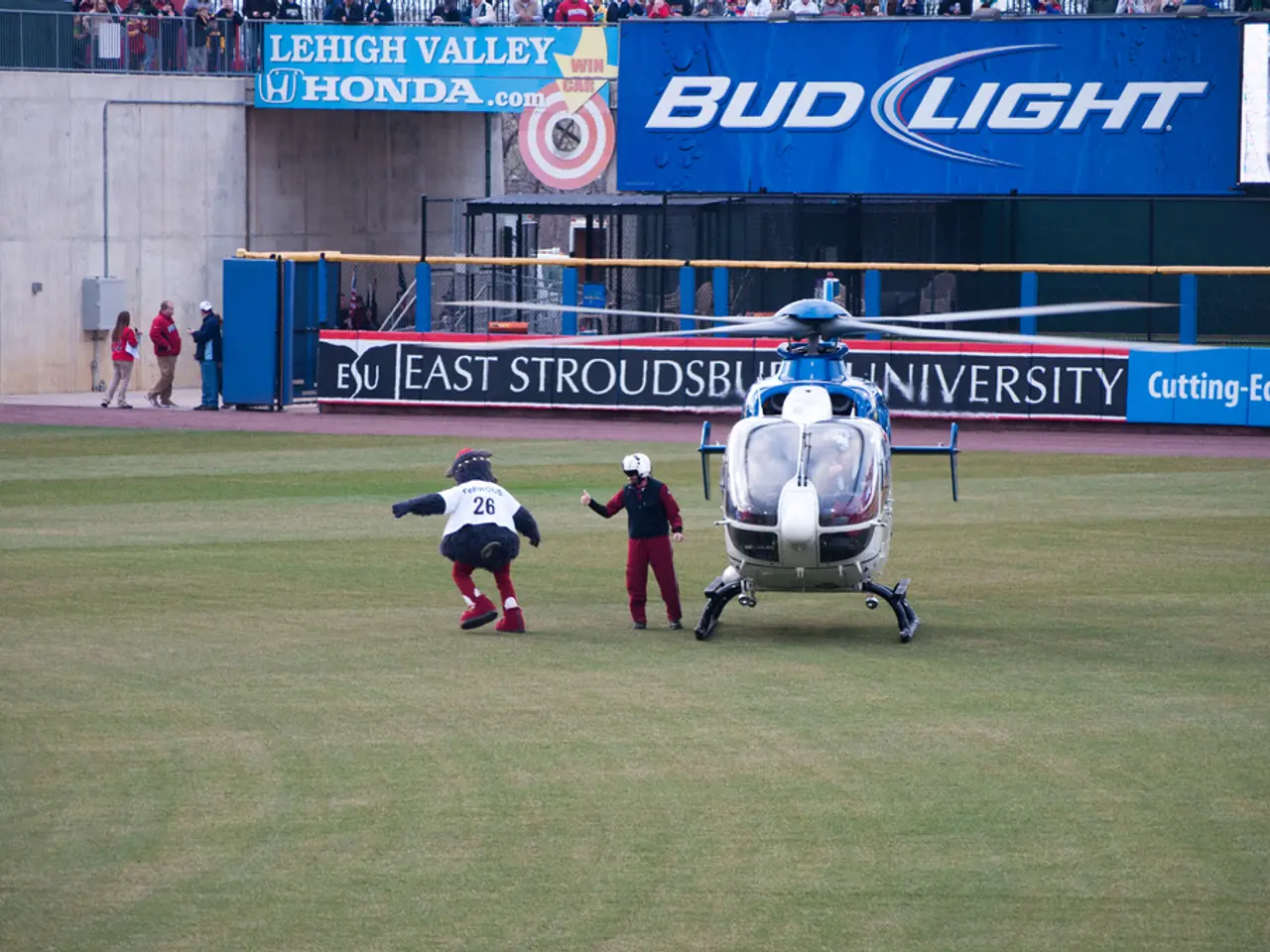Engineer Responsible for Drone's Design
Drones, once considered a novelty, are now an integral part of various industries, from aerial photography to agriculture and defense. The technology behind these flying machines is a testament to the collaborative efforts of several engineering disciplines.
Aerospace and UAS design engineers focus on the overall design of the drone’s airframe and aerodynamics, ensuring efficient flight performance and stability. They may also develop specific drone types like VTOL (Vertical Takeoff and Landing) or fixed-wing drones.
Electrical engineers handle the drone's electronic systems, including the design of printed circuit boards (PCBs) such as flight controllers, power distribution boards, and sensor interfaces. These components serve as the drone's "central nervous system," powering its operations and enabling communication.
Mechanical engineers design the structural components, propulsion systems, and physical payload integration. Their work ensures durability and manages weight constraints for optimal flight time. They are also responsible for thermal management in drones, a crucial aspect for maintaining optimal performance in various conditions.
Software engineers and AI and robotics systems developers create the control software, flight algorithms, autonomous navigation, object detection, and AI models that enable drones to operate independently or with minimal human input. This includes the development of autopilot systems, which are essential for drones to fly safely and efficiently.
Systems engineers integrate various subsystems (mechanical, electrical, software) into a seamless, functional drone platform, optimizing performance and reliability.
Flight test analysts evaluate drone prototypes through rigorous flight testing to validate design assumptions and ensure safety and mission effectiveness.
Payload specialists design and integrate specialized payloads like cameras, sensors, delivery containers, or scientific instruments tailored for specific drone missions.
Robotics engineers not only work on swarm drone technology but also enhance human-drone interaction. They combine mechanics, electronics, and programming to design autonomous drone systems. AI is integrated for obstacle detection and navigation in drones, further improving their capabilities.
Together, these engineering disciplines ensure a drone’s design addresses aerodynamics, electronics, software control, structural integrity, and mission-specific functionality. The result is a versatile and efficient tool that continues to revolutionize industries worldwide.
Read also:
- EA Relies on Madden and Battlefield to Drive Microtransactions Recovery
- Expense for Creating a Digital Platform for Fantasy Sports
- AI-Enhanced Battery-Swapping Station in Southeast Asia Officially Opens Its Doors
- Honda unveils blueprint for design, advanced driver assistance systems, electric vehicles, fuel efficiency, and technology development








